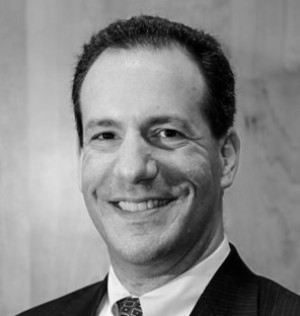- Video Library
- Marc Zemel Presents Retia Medical at LSI USA '23
Marc Zemel Presents Retia Medical at LSI USA '23

Marc Zemel
A serial entrepreneur and experienced leader at Fortune 500 companies and startups in the medical device, imaging, and capital equipment markets, Mr. Zemel has a long track record of raising capital and building high-performing teams to develop, launch and sell innovative new products. Prior to founding Retia, Mr. Zemel had several leadership roles in engineering, marketing and sales at a capital equipment startup and Becton Dickinson. He also authored 23 approved or pending patents. Mr. Zemel received his MS in Mechanical Engineering from the Massachusetts Institute of Technology and his MBA from the Yale School of Management.
Marc Zemel
A serial entrepreneur and experienced leader at Fortune 500 companies and startups in the medical device, imaging, and capital equipment markets, Mr. Zemel has a long track record of raising capital and building high-performing teams to develop, launch and sell innovative new products. Prior to founding Retia, Mr. Zemel had several leadership roles in engineering, marketing and sales at a capital equipment startup and Becton Dickinson. He also authored 23 approved or pending patents. Mr. Zemel received his MS in Mechanical Engineering from the Massachusetts Institute of Technology and his MBA from the Yale School of Management.

17011 Beach Blvd, Suite 500 Huntington Beach, CA 92647
714-847-3540© 2025 Life Science Intelligence, Inc., All Rights Reserved. | Privacy Policy







